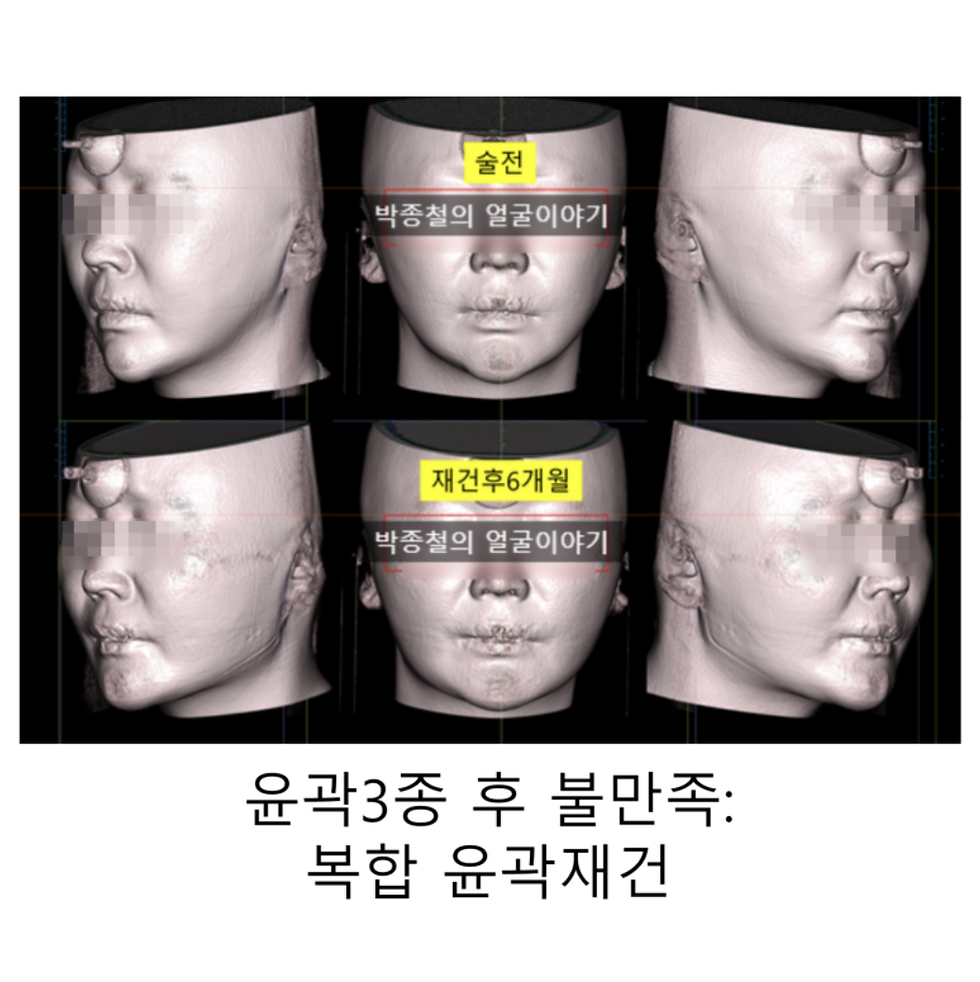A Point and ANS resorption After Orthognathic Surgery: Considerations for Planning and Evaluation
- Dr. Park

- Jan 13
- 2 min read
By Dr. Jong-Chul Park, Oral and Maxillofacial Surgeon
Orthognathic surgery, involving the repositioning of facial bones, requires meticulous planning, particularly in assessing the anteroposterior position of the maxilla. A point and the anterior nasal spine (ANS) serve as crucial landmarks in this evaluation. However, surgeons must consider the potential for these bony structures to undergo resorption postoperatively.
What is A Point?
A point is a concave bony landmark located between the nose and upper lip, utilized to assess the anteroposterior position of the maxilla.


Limitations of A Point as a Landmark
Positional Variability Due to Image Brightness: As a thin bony structure, A point's apparent position can be influenced by image brightness. Consistent image settings are crucial for accurate pre- and postoperative comparisons.

Limitations of A Point as a Landmark Post-Surgical Resorption: The thin nature of A point makes it susceptible to resorption after surgery. This can lead to underestimation of actual maxillary movement. The image below demonstrates 1.37mm of A point resorption 1 year and 6 months postoperatively.

A point Post-Surgical Resorption
A Point and ANS Resorption: Implications for Orthognathic Surgery Planning

Orthognathic surgery planning often involves maxillary rotation. In cases where this rotation is anticipated to result in anterior movement of A point and ANS, a corresponding forward projection of the soft tissue is also expected.
However, A point and ANS can undergo resorption postoperatively.
This is a comparison between pre-surgery and 1 year 6 months post-surgery.
The surgery was planned to bring this area forward, and as you can see, the maxillary metal plate is bent, clearly indicating that the maxilla has moved forward.

Even if A point and ANS initially project as planned immediately after surgery, over time, these structures can resorb. Consequently, the actual advancement of the soft tissue point (subnasale) may be less than initially anticipated.

A comparison of immediate postoperative images with those taken later clearly shows the reduction in size of A point and ANS due to resorption.

Conclusion
While A point is a valuable landmark for evaluating anteroposterior maxillary movement after orthognathic surgery, surgeons must account for potential bone resorption. ANS is also subject to resorption, which can influence soft tissue changes. To ensure accurate assessment, a comprehensive approach incorporating 3D image analysis is recommended.



Comments